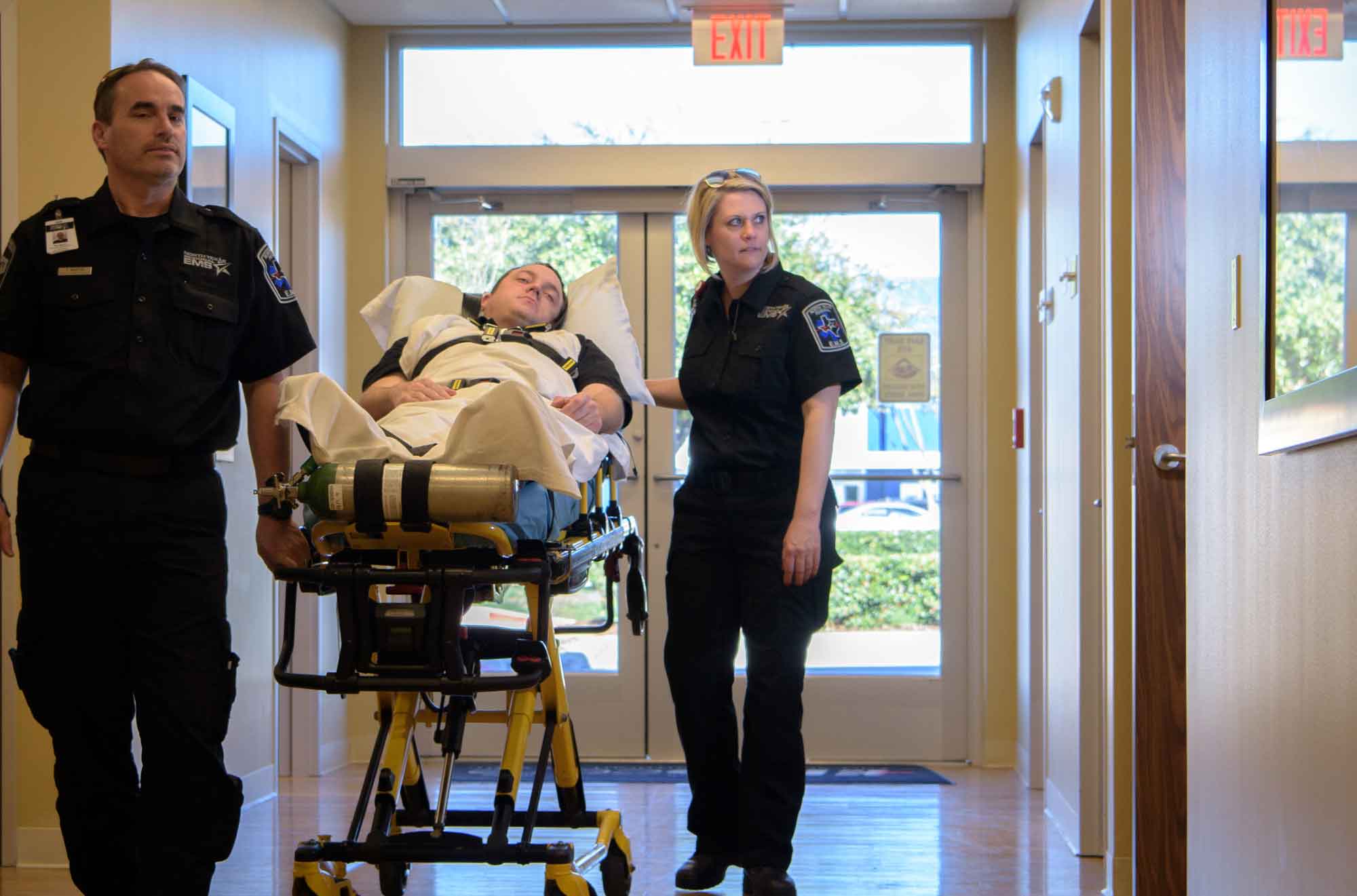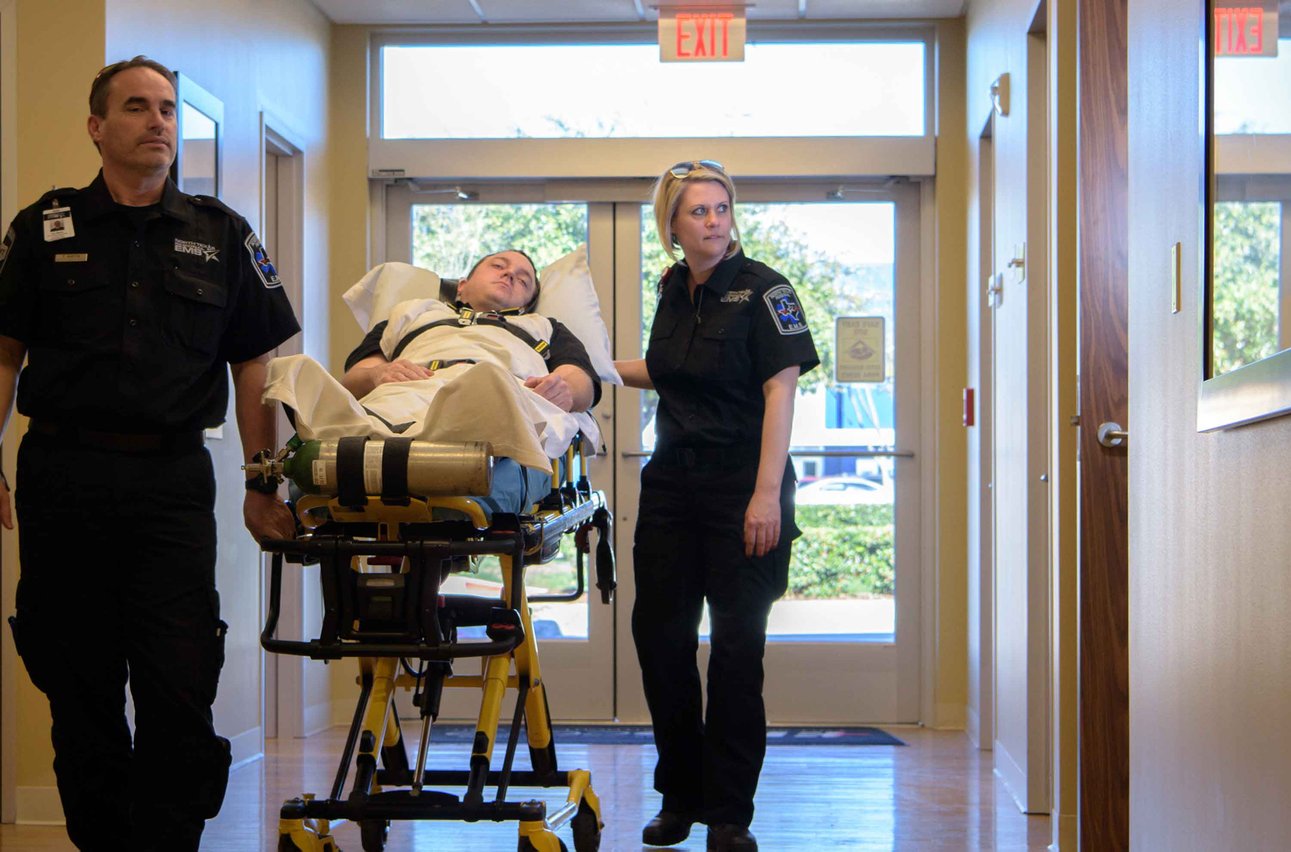Does Your Team Feel Unseen? Close the Leadership Disconnect with 2-Way Communication
Editor's Note: In July 2025, EMS1 and Fitch & Associates released their annual EMS trend survey, What Paramedics Want, proudly sponsored by Pulsara....


Is your job in healthcare to focus on and serve only the patient or is it also to serve others on the TEAM who are caring for the patient?
Patient centric healthcare as we currently practice it is a failed philosophy. We focus on serving the patient for a finite moment in time even though the patient's journey extends well beyond our specific tasks.
In this mindset, we have a system where we — yes, you and I — cause 400,000 deaths per year and 10,000 serious medical complications every day, costing the U.S. an estimated one trillion dollars a year. Additionally, 80% of these errors occur secondary to miscommunication during transitions of care.
Patient centric healthcare is not enough. We need to realize that just serving the patient is not enough — we ALSO need to serve the fellow clinicians who are serving the patient. We need patient- and people-centric healthcare.
Healthcare is a team effort — especially when treating time sensitive emergencies where the personal and economic impacts are massive. Imagine a professional team sport where individuals only focus on their specific positions and only communicate with a single person on their team. Sounds ridiculous doesn’t it? How would they execute a complex play? What would happen when a planned play breaks down? How would they get back on track or adapt to the situation?
We don’t expect football players to do their jobs this way … so why do we only focus on our individual positions when people’s lives are on the line?
Let’s look at communications for time sensitive emergencies in your region. It is precariously held together with radios, modems, email, fax machines, pagers, answering services, and phone calls. These tools keep our team members in communication silos as they allow for only 1-to-1 or 1-to-few communication. This gets even more complicated as our team members are often spread across multiple healthcare organizations and not physically in the same location at the same time. With these communication tools, how do we execute a complex protocol (i.e. play)? What happens when a planned protocol (i.e. play) breaks down? How do we get back on track or adapt to a situation? In 2017, it’s ridiculous isn’t it?
We need patient and people centric healthcare teams, and a communications platform that manages real-time team communication across healthcare entities.
We have a healthcare communication crisis. It is time we put some things into perspective.
It’s about time.
It’s about people.

Editor's Note: In July 2025, EMS1 and Fitch & Associates released their annual EMS trend survey, What Paramedics Want, proudly sponsored by Pulsara....
![[PRESS RELEASE] Published Research Finds Up to 31% Faster STEMI Treatment Times in Rural Hospital Setting with Pulsara](https://www.pulsara.com/hubfs/_1_website-page-blog-assets/pulsara-hosp-teams-assign-cardio-stemi-rn-1200x701.jpg)
Published research shows how using Pulsara, alongside standardized field activation and a focus on stakeholder relationships, improves STEMI care and...

Editor's Note: In July 2025, EMS1 and Fitch & Associates released their annual EMS trend survey, What Paramedics Want, proudly sponsored by Pulsara....